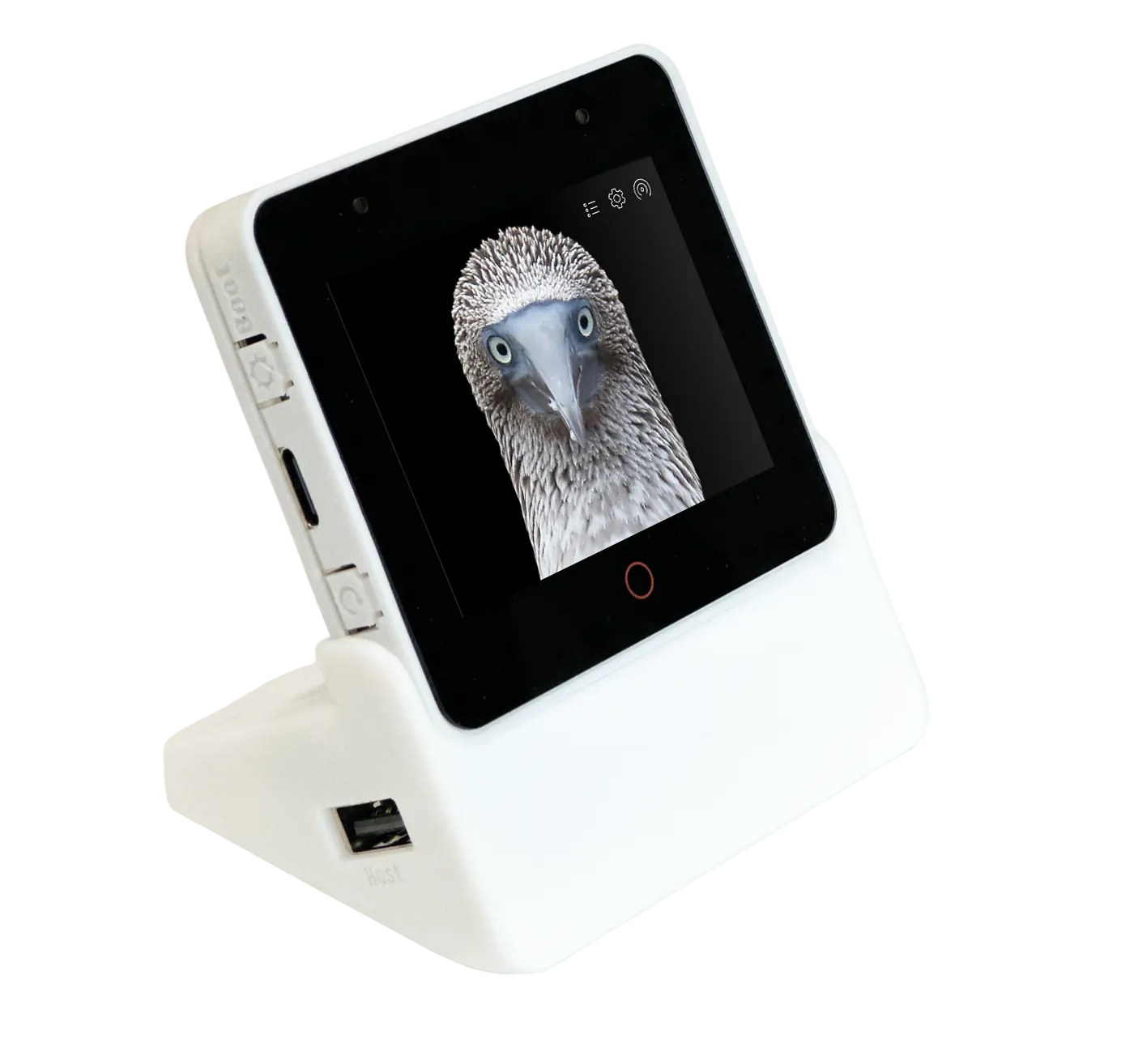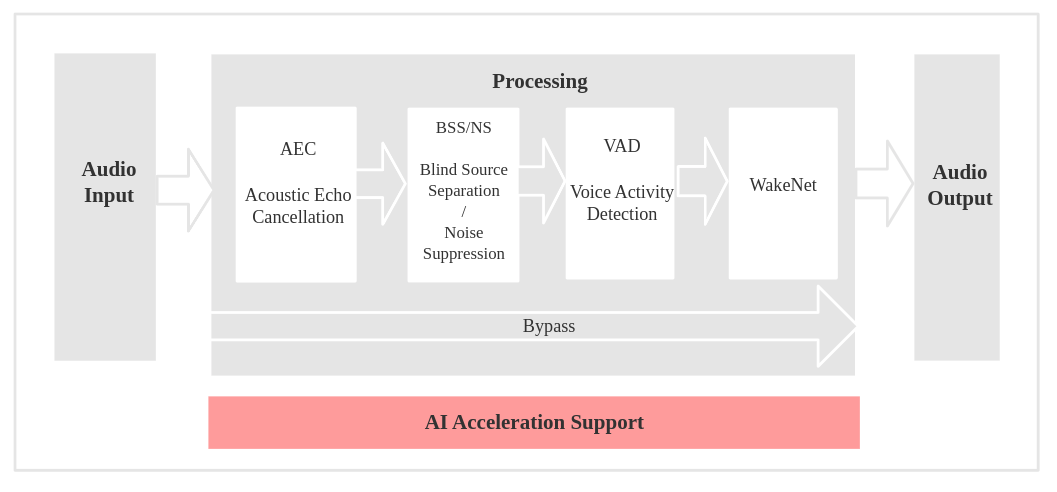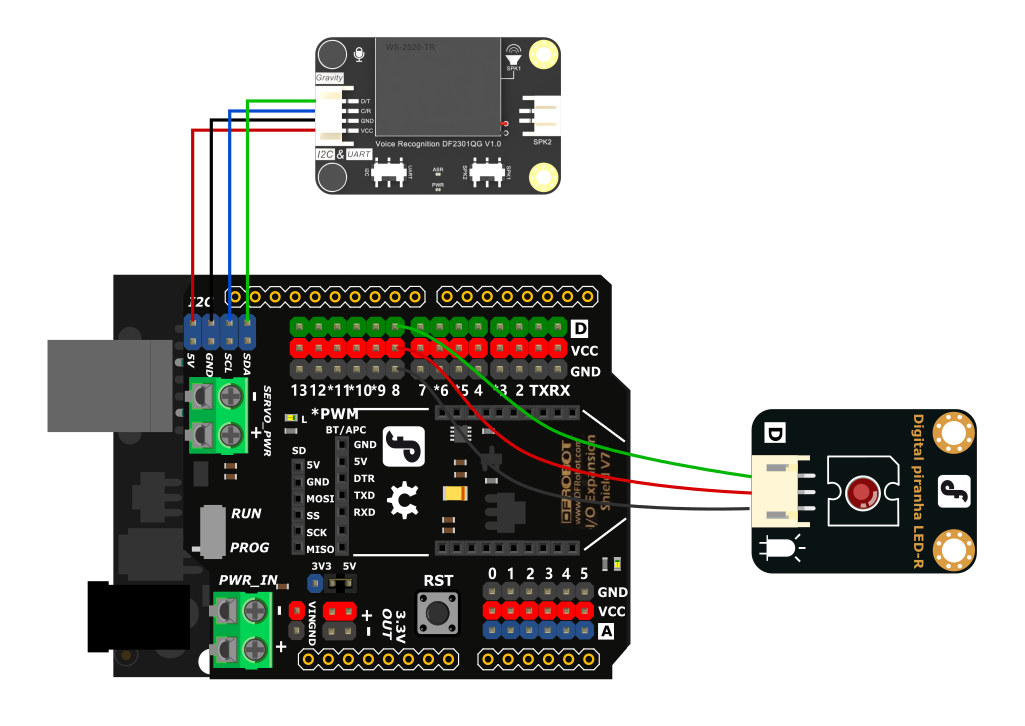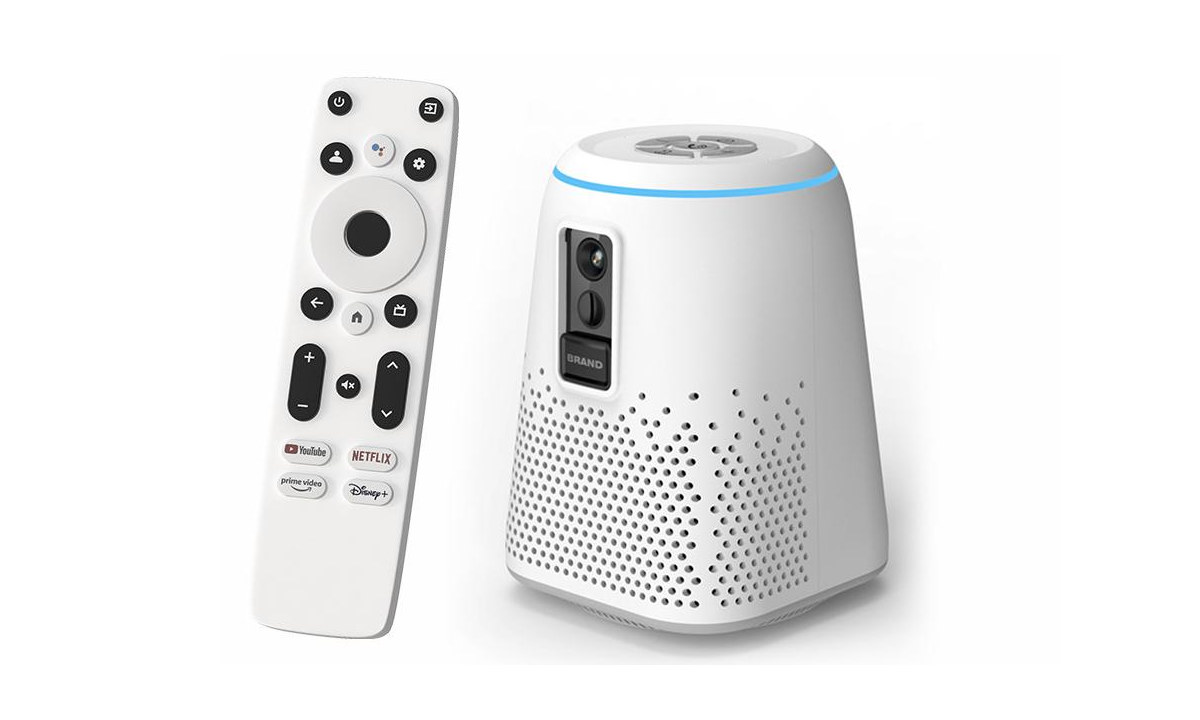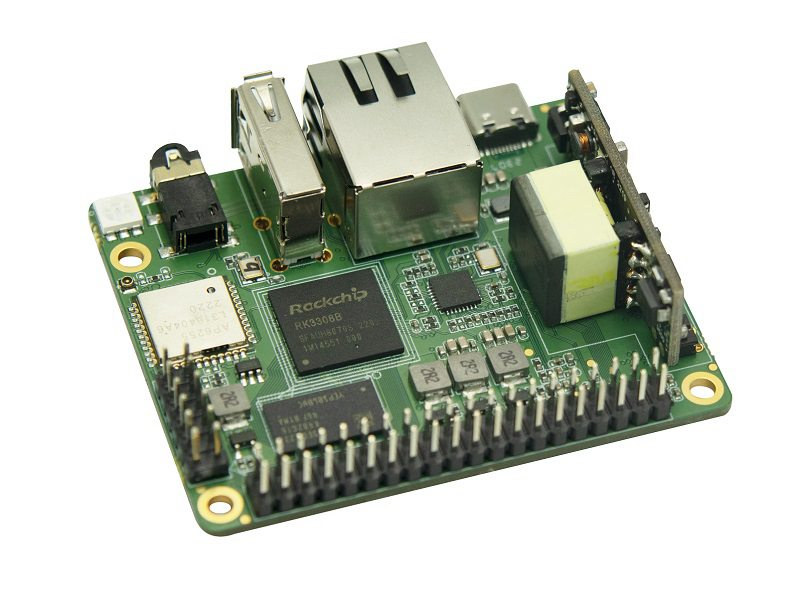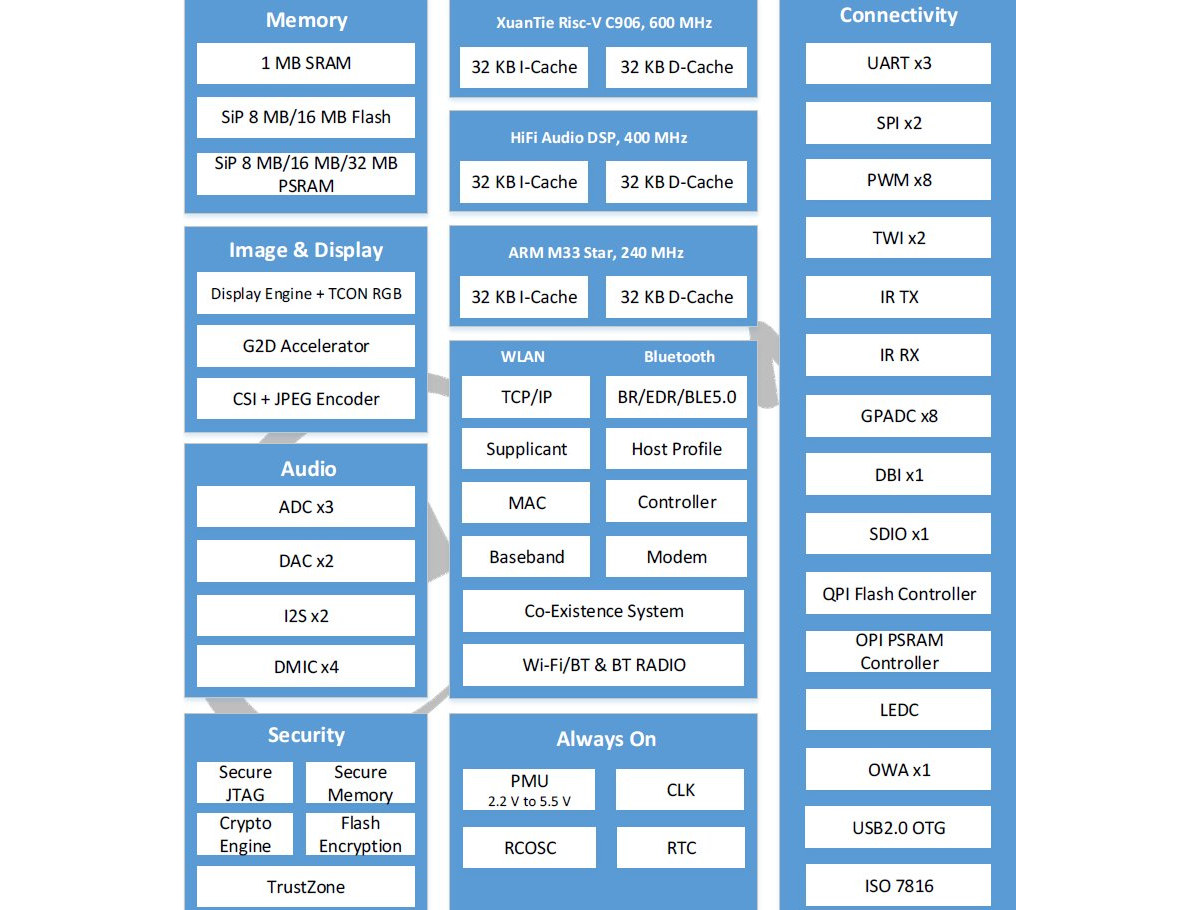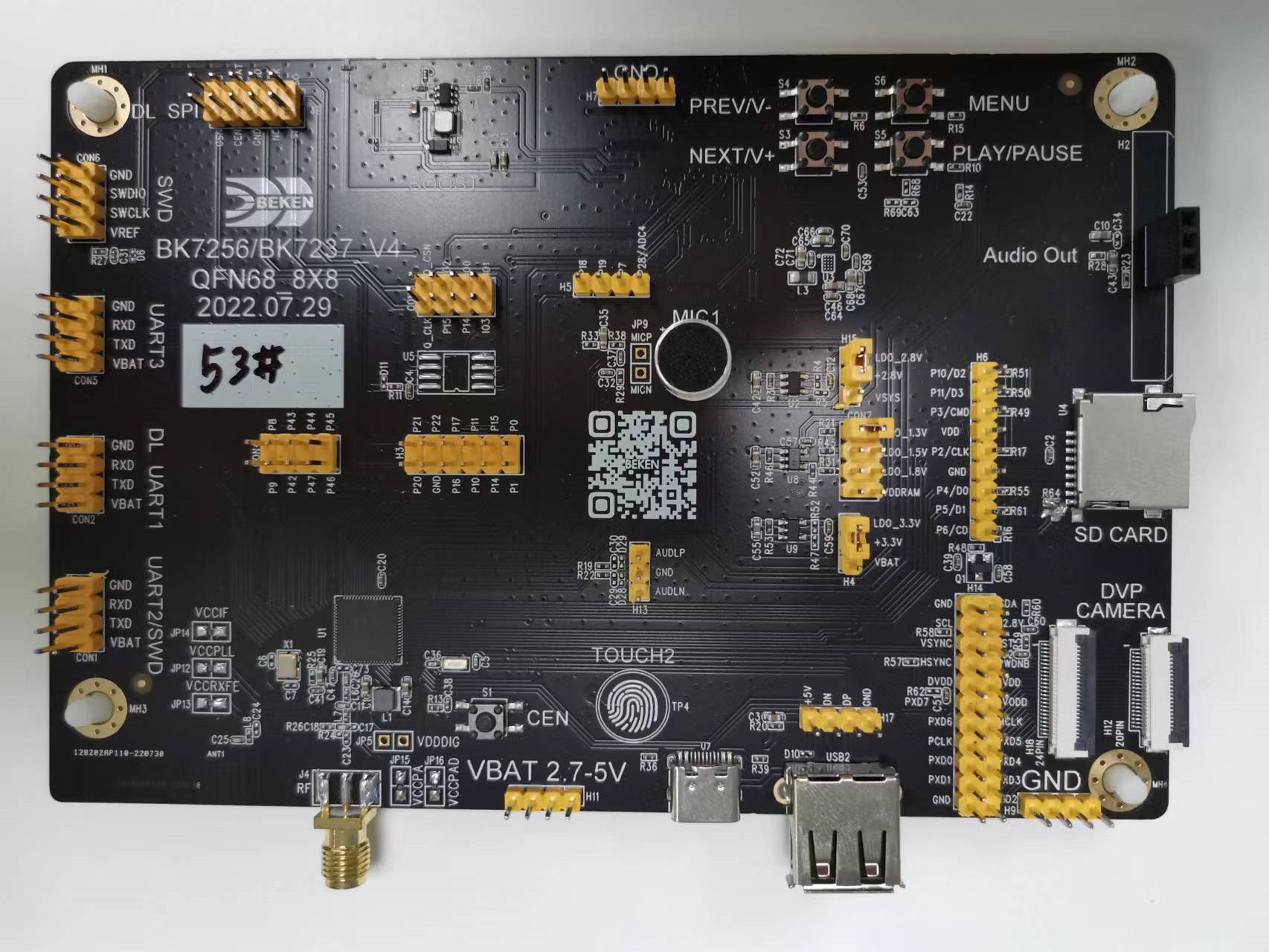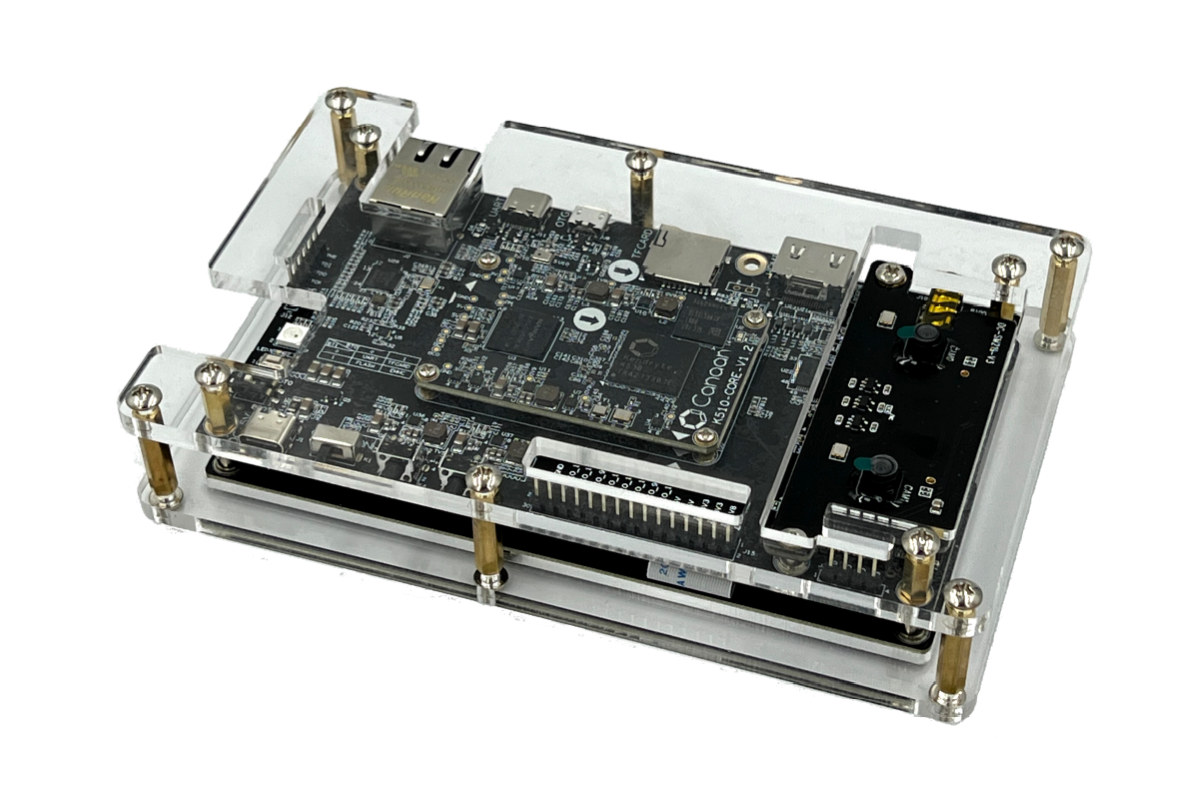Espressif Systems has launched an update to their ESP32-S3-Box development kit for online and offline voice assistants with the ESP32-S3-BOX-3 devkit that still features a 2.4-inch capacitive touchscreen display with 320×240 resolution, two microphones, a built-in speaker, and a USB-C port, but replaces the PMOD connector by a PCIe connector for various expansion modules. The open-source ESP32-S3 development kit is powered by the ESP32-S3 SoC with AI extensions and can be used to implement all sorts of solutions using the company’s ESP-SR, ESP RainMaker, and Matter solutions such as an offline voice assistant, a chatbot powered by ChatGPT, a handheld gaming console, a tiny robot, a Matter-compatible Smart Home hub, and more. ESP32-S3-BOX-3 specifications: WiSoC – ESP32-S3 dual-core Tensilica LX7 up to 240 MHz with Wi-Fi 4 & Bluetooth 5, AI instructions, 512KB SRAM Memory and Storage – 16MB octal PSRAM and 16MB QSPI flash Display – 2.4-inch capacitive touchscreen […]
Espressif ESP-SR enables on-device speech recognition framework on ESP32-S3 and ESP32 WiSoCs
Espressif ESP-SR is a speech recognition framework enabling on-device speech recognition on ESP32 and ESP32-S3 wireless microcontrollers with the latter being recommended due to its vector extension for AI acceleration and larger, high-speech octal SPI PSRAM. The ESP-SR framework was first released on December 17, 2021 with version 1.0, before the v1.20 update was introduced in March of this year, but I only found out about ESP-SR offline speech recognition solution through a tweet by John Lee showing an ESP-SR demo video by @ThatProject. Comrades of the world, liberate your hands from the chains of typing and touching germy switches! Embrace the revolutionary power of speech recognition with ESP32-S3 + ESP-SR. Let your words flow freely, for the proletariat shall not be silenced by keyboards or bourgeois input… pic.twitter.com/bm3udteB3o — John Lee (@EspressifSystem) July 15, 2023 I initially was confused since ESP32 boards have supported speech recognition for years using […]
Offline voice recognition module supports Arduino programming, custom voice commands
We’ve already covered inexpensive offline voice recognition modules based on US516P6 or TW-ASR ONE microcontrollers that allow people to add smarts to their projects without a network connection for improved privacy and lower latency. Those are great in theory, but at the time (April 2022) documentation was lacking or only in Chinese, and they were fairly hard to use based on some of the comments in my earlier posts. But today, I’ve noticed DFRobot is now selling the “Gravity: Offline Voice Recognition Sensor – I2C & UART” module with support for Arduino programming, and it looks fairly easy to customize as we’ll see further below. Gravity Voice Recognition DF2301QG module specifications: Voice recognition module – WS-2520-TR module with MCU – TBD 121 commonly used fixed voice commands, one-fixed wake word Support for 1 learned wake-word, 17 user-defined commands Audio Output – Built-in speaker and external speaker interface Input – Dual […]
Videostrong HC1 Home Care Hub for the elderly serves as Smart Speaker, Smart Home gateway, video phone
Videostrong HC1 Home Care Hub is a Smart Home/IoT gateway designed for the elderly that also serves as a smart speaker with 10-meter far-field voice recognition, a video phone with a video built-in camera and speaker, and a 4K Android TV box. The system is based on an Amlogic S905Y4 quad-core Cortex-A35 processor coupled with up to 4GB RAM and 64GB RAM, supports Ethernet, WiFi, Bluetooth, Zigbee, and LoRa, WiFi, and Bluetooth connectivity, and offers both HDMI 2.1 video output, and HDMI 2.0 video input. HC1 specifications: SoC – Amlogic S905Y4 quad-core Arm Cortex-A35 @ 2.0GHz with Arm Mali-G31 MP2 GPU with OpenGL ES 3.2 support System Memory – 2GB or 4GB RAM Storage – 8GB, 16GB, 32GB, or 64GB eMMC flash Video Output – HDMI 2.1 port up to 4Kp60 Input Built-in 1920×1080 camera with 90° wide angle, manual cover, adjustable angle HDMI 2.0 port up to 4Kp60 Audio […]
Banana BPI-P2 Pro headless SBC features RK3308 CPU, PoE Ethernet, WiFi 5, audio jack
Banana Pi BPI-P2 Pro is Rockchip RK3308 quad-core Cortex-A35 SBC for headless applications with a PoE-capable Ethernet port, WiFi 5, a USB port, an audio jack, and two GPIO headers for expansion. You may think the Banana Pi guys have gone crazy by calling such entry-level level SBC “Pro”, but that’s because the company previously released the BPI-P2 Zero and BPI-P2 Maker single board computers based on Allwinner H2+ quad-core Cortex-A7 processor, so the BPI-P2 Pro is indeed an improvement albeit with some caveats. Banana Pi BPI-P2 Pro specifications: SoC – Rockchip RK3308 quad-core Arm Cortex-A35 processor @ up to 1.3 GHz with built-in VAD (Voice Activity Detector) System Memory – 2GB LPDDR2 SDRAM [Update: According to Rockchip RK3308 specifications, the maximum memory capacity is 512MB, so Banana Pi may have meant 2 Gbit instead, meaning 256MB of RAM]. Storage – 8GB eMMC flash, microSD card slot Video Output – […]
Allwinner R128 wireless SoC features 64-bit RISC-V core, Arm Cortex-M33 core, and HiFi 5 audio DSP
Allwinner is mostly known for its low-cost Arm processor running Android or Linux, but the Allwinner R128 is a wireless audio SoC with a C906 64-bit RISC-V application core, an Arm Cortex-M33 real-time time core, a HiFi 5 DSP, and built-in WiFi and Bluetooth connectivity. The SoC also comes with 1MB SRAM, up to 16MB flash, up to 32MB PSRAM, display and camera interfaces, support for microphone arrays, and plenty of I/Os that should make it suitable for smart speakers and other voice-controlled home appliances with or without display. Allwinner R128 specifications: Application core – Xuantie C906 64-bit RISC-V core clocked at 600 MHz. DSP – Cadence HiFi 5 audio DSP clocked at 400 MHz Communication core – Arm M33 Star (Cortex-M33 from Arm China?) core clocked at 240 MHz with Trustzone support Memory 1MB SRAM 8MB, 16MB, or 32MB PSRAM (SiP = System-in-Package) OPI PSRAM controller Storage QPI flash […]
Beken BK7256 320 MHz dual-core RISC-V IoT MCU offers WiFi 6, Bluetooth 5.2, JPEG video encoder/decoder
Until now, I had only heard about Beken Bluetooth audio chips, but I’ve just been informed the company is also making WiFi chips such as the BK7256 that are notably found in some Tuya Smart Home modules. Beken offers both RISC-V and Arm WiFi and Bluetooth chips with features summarized as follows: BK7235 single-core RISC-V MCU up to 320 MHz with 2.4 GHz WiFi 6 802.11ax and Bluetooth 5.2 LE, 4MB flash, 512KB SRAM, optional 4MB PSRAM BK7236 dual-core Arm MCU up to 120 to 240 MHh with 2.4 GHz WiFi 6 802.11ax and Bluetooth 5.3 dual mode, 4MB flash, 512KB SRAM, optional 4MB PSRAM BK7237 dual-core RISC-V MCU up to 320 MHz with 2.4 GHz WiFi 6 802.11ax and Bluetooth 5.2 dual mode, 4 or 8MB flash, 512KB SRAM, optional 4MB PSRAM BK7256 dual-core RISC-V MCU up to 320 MHz with 2.4 GHz WiFi 6 802.11ax and Bluetooth 5.2 […]
Canaan K510 CRB RISC-V AI development kit ships with dual-camera module and LCD display
Last summer, Canaan introduced the Kendryte K510 tri-core RISC-V AI processor, now also known as Canaan K510, as an updated version of the Kendryte K210 with a much higher 3 TOPS of performance, but at the time, there were no development board and SDK. But I’ve now just been informed of the availability of the Canaan Kendryte K510 CRB (customer reference platform) AI development kit with camera module and LCD display, as well as a software development kit with U-Boot, Linux, and AI tools which can be used to develop smart audio and computer vision applications. Kendryte K510 CRB-Kit development kit specifications: SoC – Canaan Kendryte K510 dual-core RISC-V64 CPU up to 800MHz and 1x RISC-V DSP up to 800MHz for up to 3 TOPS AI performance, ultra-low-power wake-up VAD, H.264 video encoding up to 2 channels @ 1080p60 System Memory – 512 MB LPDDR3 @ 1600 MHz Storage – […]


